How to Stucco Over Brick Chimney
Applying stucco is always a challenge for the painter because the health and the condition of the wall are still important. For this reason, we are exhibiting a simple technique on how to stucco over a brick chimney. This will be much beneficial for the craftsmen.
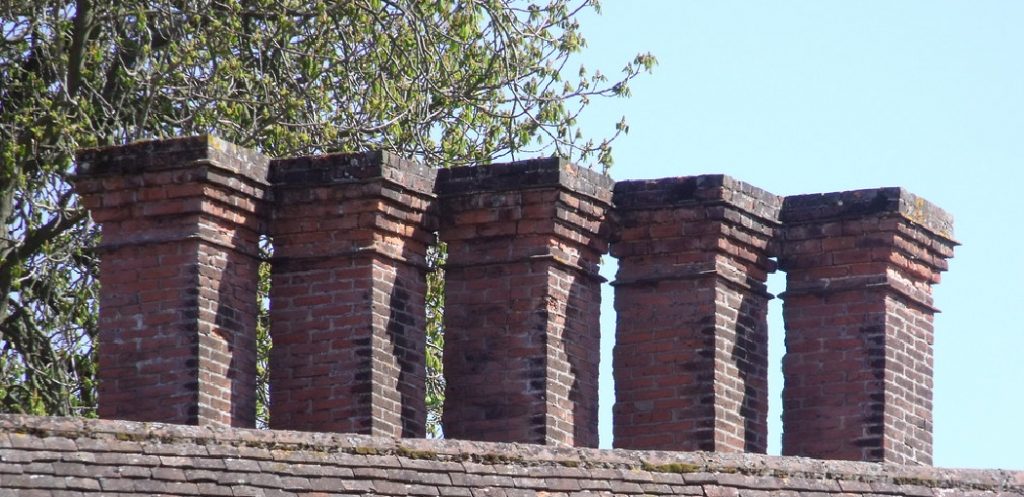
Procedure
Step One
Before applying stucco to the wall, you first need to prepare the stucco. But before that, you have to make sure that the wall of the chimney is ready for the application of stucco. The wall should be properly washed before applying the stucco, and you also have to use adhesive on the wall. The washing of the wall with a high-pressure pump is necessary because before applying the stucco, all the debris should be removed from the wall.
Step Two
After the wall is prepared, you have to take a trowel and then start applying stucco. The trowel should be used in a particular direction. This helps to develop a better connection stucco and the wall.
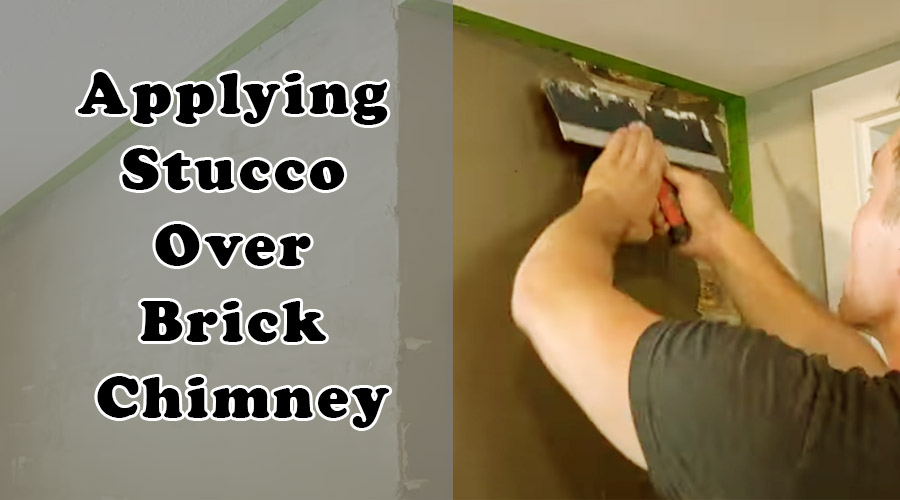
Step Three
After the first layer of the stucco is applied, you have to strengthen the layers’ connection. For this, you have to take some water in a bucket and then mix some stucco in it. Afterward, you have to take a smooth trowel and then soak it in water, and then you have to apply the trowel over the applied stucco in a circular manner. This will help to make the stucco aligned with the standard wall. In this manner, you can easily apply stucco over a brick chimney.
How to Seal the Parapets on a Stucco Roof?
Sealing the parapets on a stucco roof is an important step in ensuring the longevity of your roof. Here are the steps to follow:
- Inspect the area for any signs of damage, moisture or deterioration.
- Clean the area using a wire brush and warm soapy water, and then rinse with clean water.
- Allow the area to dry completely before beginning your project.
- Apply a coat of waterproof sealant along all sides of the parapet wall (including cracks, crevices, and joints).
- If necessary, let it dry for at least 24 hours before applying a second coat.
- Cover all areas with plastic sheeting while they are drying to prevent weather damage or dirt accumulation on wet surfaces.
- When done, inspect all areas again for proper coverage and complete dryness before adding another sealant layer as required by climate and environmental conditions or local building code regulations.
Frequently Asked Questions
Can I Cover My Brick Chimney?
A brick chimney is a popular choice for many homeowners. It is easy to maintain and is a good way to add style to your home.
However, there are some disadvantages of using brick as well:
• When you first build the chimney, it may be easier to make the bricks fit perfectly than it will be later on when they settle in.
• It can become difficult or impossible to remove bricks that have fallen into the firebox without causing damage.
• If you don’t keep an eye on your chimney’s flue during construction, bricks may shift inside and cause blockages or other problems.
What Can I Use to Cover My Chimney?

One of the best ways to keep your chimney in top condition is by using cedar. Cedar is a tried and true building material that has been used for centuries due to its durability, strength, and resistance to mold and rot.
Cedar is also known for its ability to block out harsh weather like rain, snow, ice, and wind, which protects your home from any outside factors that could damage or weaken the structure of your house.
The only downside to using cedar instead of other materials like brick or mortar is that it can be expensive due to its rarity.
What Covers the Top of a Chimney?
A chimney cap is a device used to keep rain and snow from entering the top of a chimney. Covering the top of the flue pipe prevents snow and rain from entering your home and also protects your property by keeping animals out.
Can You Put Cement Over Brick Fireplace?
No, you cannot put cement over a brick fireplace. Cement is used to bind sand and aggregate into a concrete product for use in construction projects. It can also be used as an adhesive binder for masonry or mortar, such as in the production of bricks.
Can You Mortar Over Brick Chimney?
You can’t mortar over brick chimney. Mortar is a thick paste that is used to bind bricks together. It has been used since ancient times, but it was not originally designed for use on masonry structures like chimneys.
This type of mortar should be applied to the surface of the brick with a trowel and then allowed to dry before being covered with thin layers of plaster or stucco.
Final Thought
In conclusion, we would like to state that the process we have said here will benefit stucco on the degraded chimney wall. This will make the walls sturdier. Thank you for your precious time. Have a nice day!!

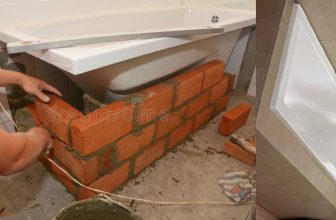
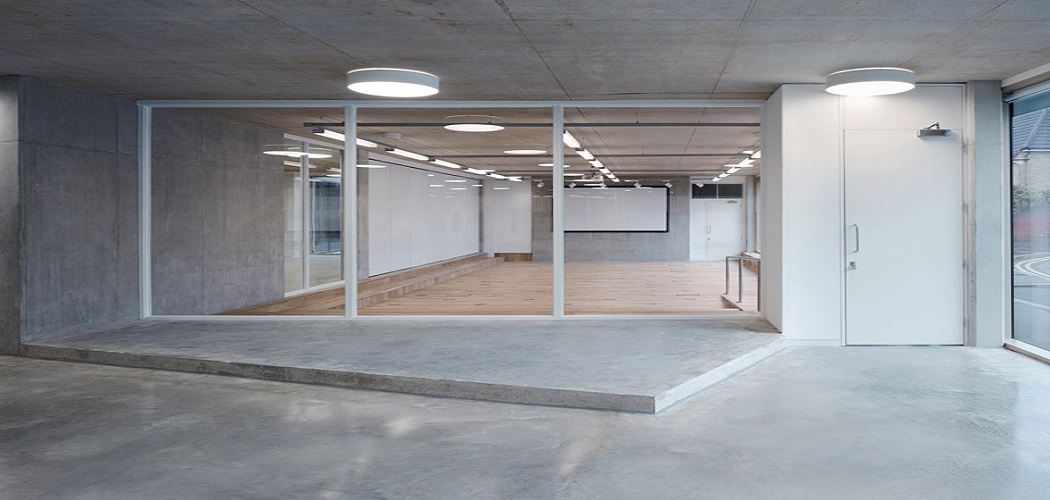

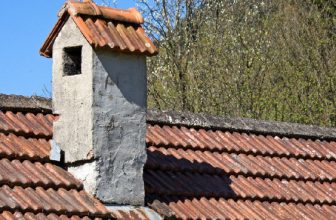
3